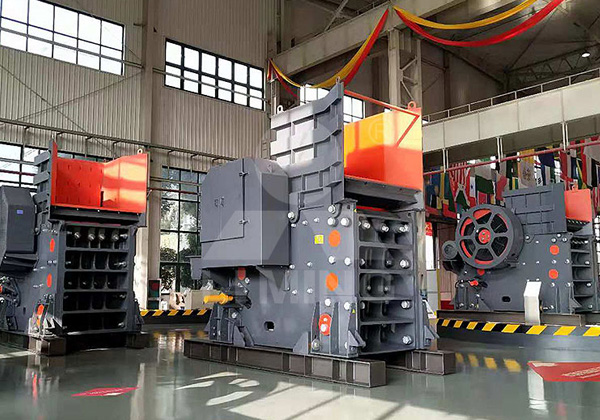In the realm of mining and material processing, the jaw crusher stands as a stalwart piece of equipment, revered for its robustness, efficiency, and versatility. Designed to crush various types of ore raw materials, it plays a crucial role in the initial stages of material reduction, transforming large chunks of raw material into manageable sizes suitable for further processing. This article delves into the workings of the jaw crusher, its applications, advantages, and operational considerations.
Anatomy of a Jaw Crusher:
At its core, a jaw crusher comprises a fixed jaw and a movable jaw, both mounted in a V-shaped alignment. The movable jaw reciprocates against the fixed jaw, exerting compressive force to crush the raw material fed into the chamber. An eccentric shaft drives the movable jaw, enabling its up and down movement.

Crushing Mechanism:
The crushing process begins as the raw material enters the chamber between the jaws. With each downward movement of the movable jaw, the material experiences compression, breaking it down into smaller fragments. This cyclic process continues until the desired size reduction is achieved.
Versatility in Crushing:
One of the primary advantages of jaw crushers lies in their versatility. They can effectively crush a wide range of materials, including but not limited to:
- Hard rock ores such as gold, silver, and copper.
- Various types of aggregates for construction purposes.
- Industrial minerals like limestone, quartz, and granite.
This versatility makes jaw crushers indispensable across diverse industries, from mining and metallurgy to construction and demolition.
Advantages of Jaw Crushers:
- High Efficiency: Jaw crushers are known for their high crushing efficiency, making them suitable for processing large volumes of ore raw materials within a short timeframe.
- Robust Construction: Built to withstand the rigors of heavy-duty operations, jaw crushers are constructed with durable materials, ensuring long-term reliability and minimal downtime.
- Adjustable Output: By varying the gap between the jaws, operators can control the size of the crushed material, facilitating customization according to specific requirements.
- Simple Maintenance: With fewer moving parts compared to other crushing equipment, jaw crushers are relatively easy to maintain, reducing operational complexities and maintenance costs.
Operational Considerations:
While jaw crushers offer numerous advantages, proper operation is essential to maximize their performance and lifespan. Key operational considerations include:
- Feed Size: Ensuring that the feed material is within the specified size range prevents overloading the crusher and enhances efficiency.
- Maintenance: Regular inspection and maintenance of key components such as the bearings, jaw plates, and eccentric shaft are vital for optimal performance and longevity.
- Safety: Implementing safety protocols and providing adequate training to operators minimize the risk of accidents and ensure a safe working environment.
- Optimized Settings: Fine-tuning parameters such as the jaw gap and eccentric speed can optimize the crusher’s performance for varying material characteristics.
The jaw crusher stands as a cornerstone in the realm of ore crushing, offering unparalleled efficiency, versatility, and reliability. Its ability to process a diverse range of materials makes it indispensable across various industries, serving as a primary solution for reducing large chunks of raw material into manageable sizes. By adhering to best practices in operation and maintenance, operators can harness the full potential of jaw crushers, unlocking optimal performance and longevity.
